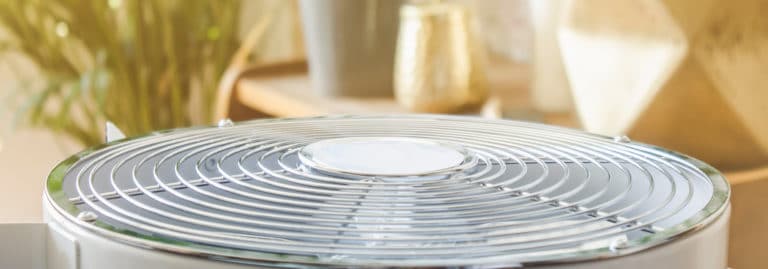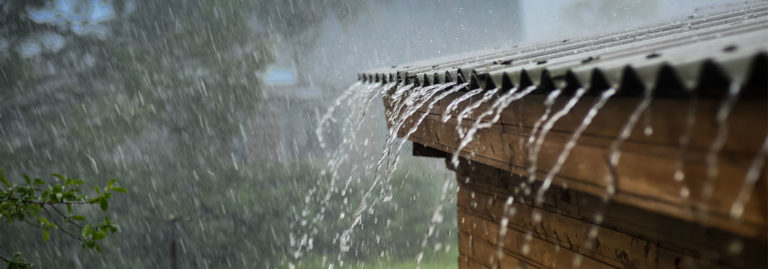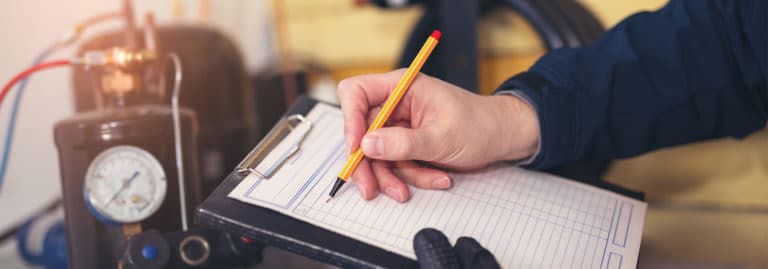How Does My Air Conditioner Help Me Control Humidity?
Floridians know that our state is no stranger to humidity. In fact, we get quite a lot of it every summer, and it’s only a matter of time before it starts becoming a huge part of our daily life again now that Spring has arrived. That means it’s also only a matter of time before Florida residents need to fire up their air conditioner in order to stay cool and dry.
But have you ever stopped and wondered why your air conditioner is able to keep you so cool and comfortable? It’s because your air conditioner dries out the air by removing the humidity of the air that flows through it. In this blog, our Sarasota air conditioning experts will explain how this process works and some things you can do to ensure that your system is prepared to remove as much humidity from the air as possible.
The Refrigeration Cycle
Your air conditioner’s humidity-control qualities are based in the cooling step of the refrigeration cycle. We’ve gone over the refrigeration cycle in a previous blog, so rather than summarize all of that again, we’ll just focus on the one step that’s important for humidity removal: the cooling process. The cooling process occurs when your system pumps freezing-cold refrigerant through your indoor coil, known as your evaporator coil. Your blower fan then forces air over this coil, which then removes heat from the air. However, it removes more than just heat, it also removes humidity.
This is because your coil is actually a piece of metal that’s also extremely cold, and this cold metal causes water to condense back into liquid form. When the vapor condenses, it is removed from the air, leaving the air feeling cool and dry, and keeping you comfortable.
The Process of Condensation
Have you ever left a glass of ice water or another cold drink on a table or counter and come back a few minutes later to find that the sides of your glass are covered with water droplets? This is the same principle that causes your air conditioner to de-humidify the air. Humidity is water in its gas form, known as vapor. When vapor reaches a critical temperature, it changes states back into liquid form through a process known as condensation.
When your air conditioner is on, the blower fan is forcing air, complete with humidity, over the surface of your freezing cold evaporator coil. When the microscopic gas-state water molecules in the air make contact with the freezing cold surface, they instantly turn back into an immensely small droplet of water. Over time, as more and more vapor makes contact with this freezing cold coil, more and more water changes from its gas to liquid state on the surface of your coil.
As this water accumulates, the drops become larger and larger, until eventually they’re full-sized drips that drop down into the drain pan of your air conditioner and down your air conditioner’s drain line. When your air conditioner is running full-blast and it’s a particularly humid day outside, it’s not uncommon for these water drops to form extremely quickly—within just a few seconds, in fact. That’s why you need to make sure your drain line is unclogged and flowing smoothly.
Need Air Conditioning Maintenance? Talk to your air conditioning repair experts at Airrific Air Conditioning & Heating today! Call (941) 371-3355.







